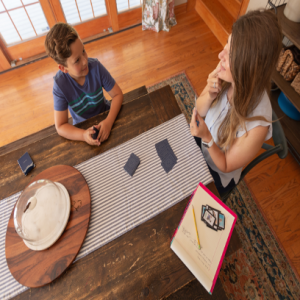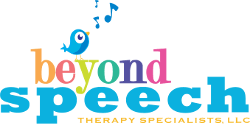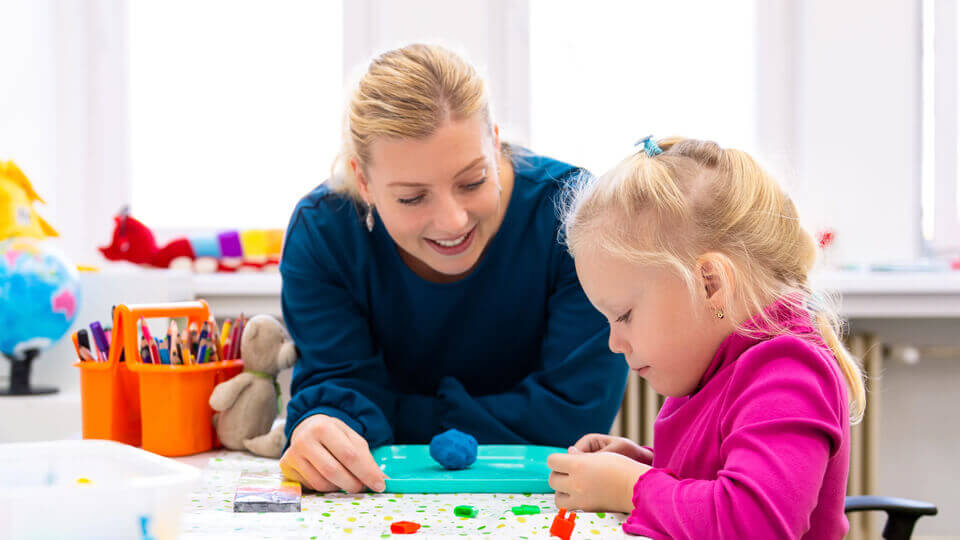When your child is in any kind of therapy, private or school based, it’s totally normal to have lots of questions. Questions about what a typical session looks like, how your child is progressing and what can be done to support therapy goals outside of the scheduled session.
School aged kiddos who are eligible for school services can also participate in private, in-home services. When this is the case, the question may become, “How can the therapy they receive at home work together with the therapy at school?”
Great question! And the answer is pretty simple – they can happen simultaneously and be hugely supportive of your child’s goals!
There are differences between private at-home therapy and those they receive in a school setting but that doesn’t mean they can’t work in conjunction with each other.
First and foremost, there should be clear communication between parents and both therapists – at school and in the private setting. From there, a collaborative plan can be set so that there is continuity between the in home and school therapy sessions.
The thing to remember is that your child’s progress, success and achievements are what we as therapists are focused on.
Let’s take a look at how private, at-home and school based therapies can come together!

Step 1 – Create collaboration between in-home and school based therapists
When a child is participating in therapies in both spaces – home and school – the first step is a strong collaboration between the private therapist and school therapist.
Both therapists should give consent to the collaboration and for information around your child’s goals, strategies, etc to be shared between.
They can then discuss the respective goals they have for your child and decide what can be focused on at school (peer relationships, academic needs, daily functioning within the school setting, etc) and what are good at-home goals (daily living, feeding, sensory needs, etc).
From there, both therapies can happen simultaneously with your child, and their specific goals and needs, being the primary focus.
Step 2 – Communication between therapists
Throughout the school year, both therapists should be in communication regarding your child’s progress.
- They can share strategies that are working well in their respective settings and ways those strategies can translate back and forth between home and school.
- They can discuss various prompts and cues your child is learning and how those could be adjusted and utilized in both settings.
- They can also be partnering to address any crossover challenges they are seeing.
Having an open line of communication between parents and both therapists can ensure a smooth transition of skills between home and school.

Step 3 – Continuity across therapy sessions
When it comes to keeping both at-home and school based therapies working in tandem, continuity is key.
Our kiddos are managing a lot. Between school work, home life and any extra curricular activities, they can easily feel overwhelmed. Keeping this part of their lives easily managed and working together can provide a bit of relief from the mental load.
Being able to keep strategies, motivators, cues, etc. consistent from home to school is an important part of your child’s therapy experience. When therapists, both private and school based, are communicating with each other and with parents, there is so much opportunity for carryover and continuity.
It’s good to remember that while private, in-home therapy and school based therapy may look a bit different, the goal is the same. As your child’s best cheerleader, and biggest advocate, you can set the tone for a successful and truly supportive relationship between both worlds!
If you’re looking for more information and/or guidance on how to help make the very most of your child’s in-home and school based therapies, don’t hesitate to reach out to us at Beyond Speech!
We are here to help facilitate and support you and your child!

